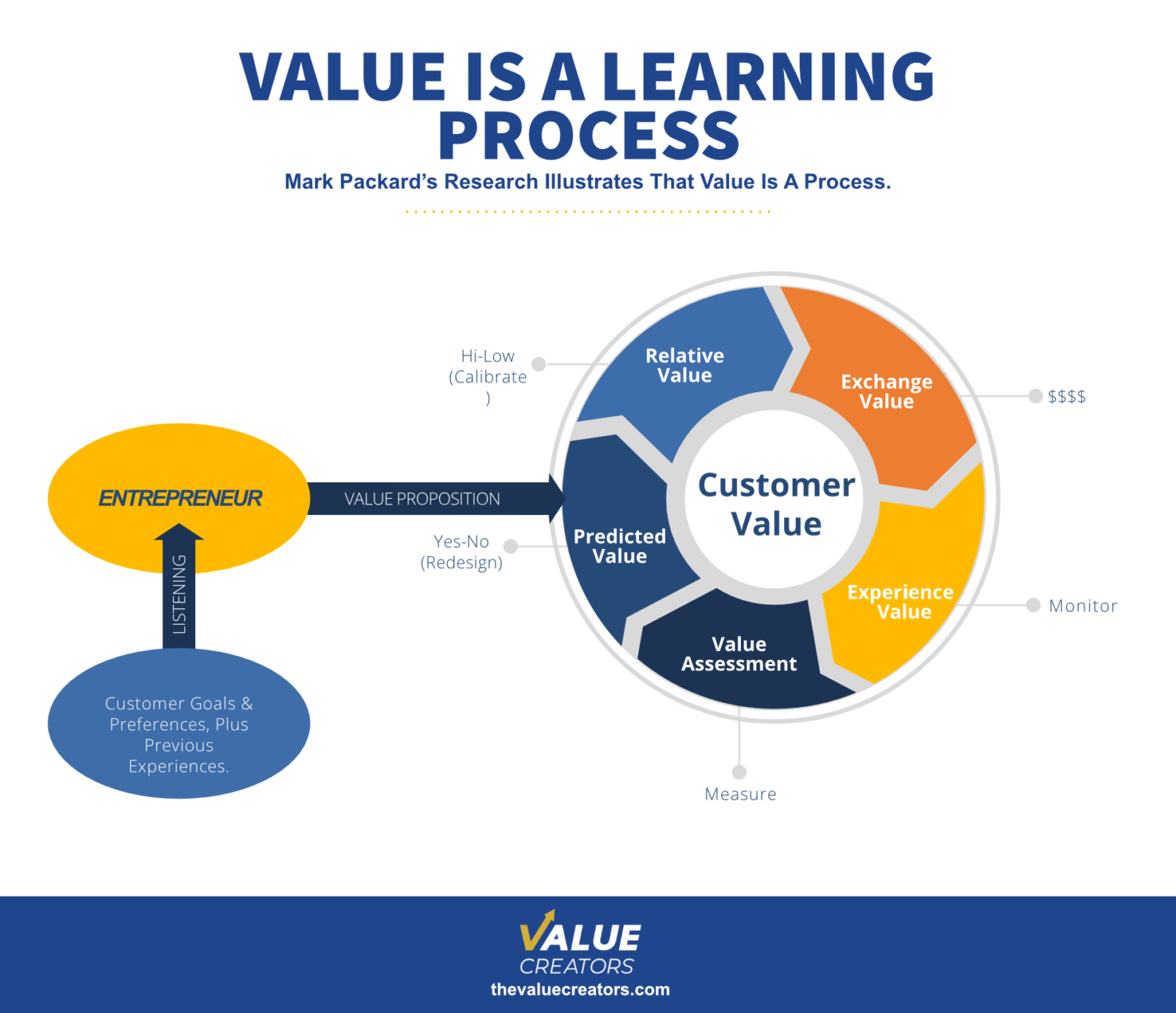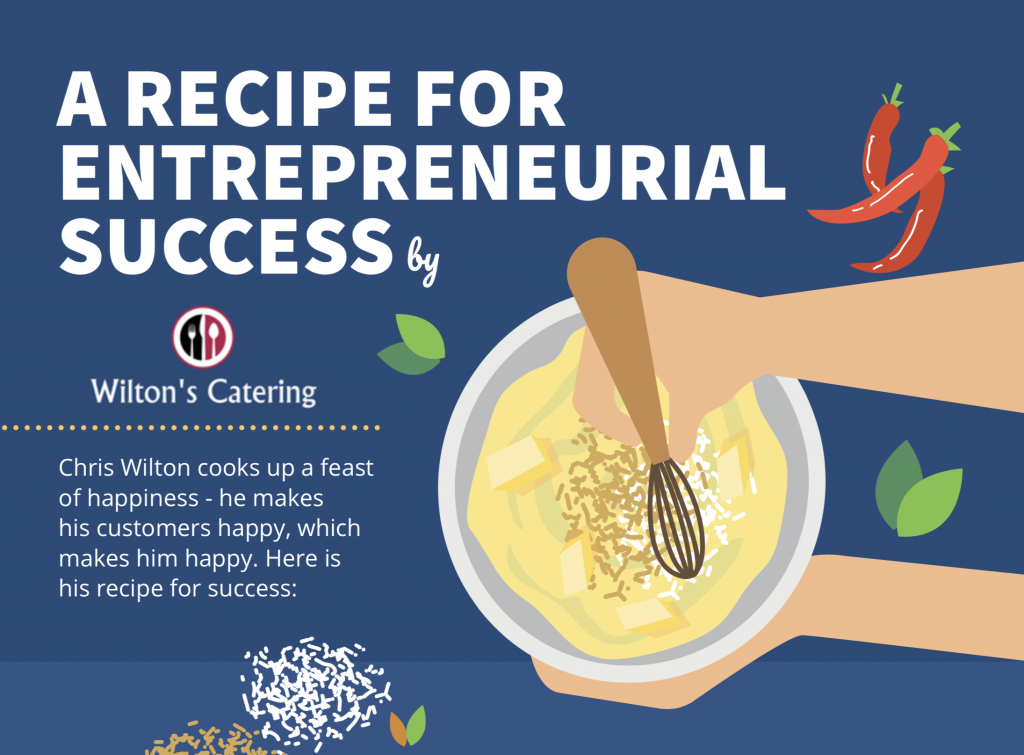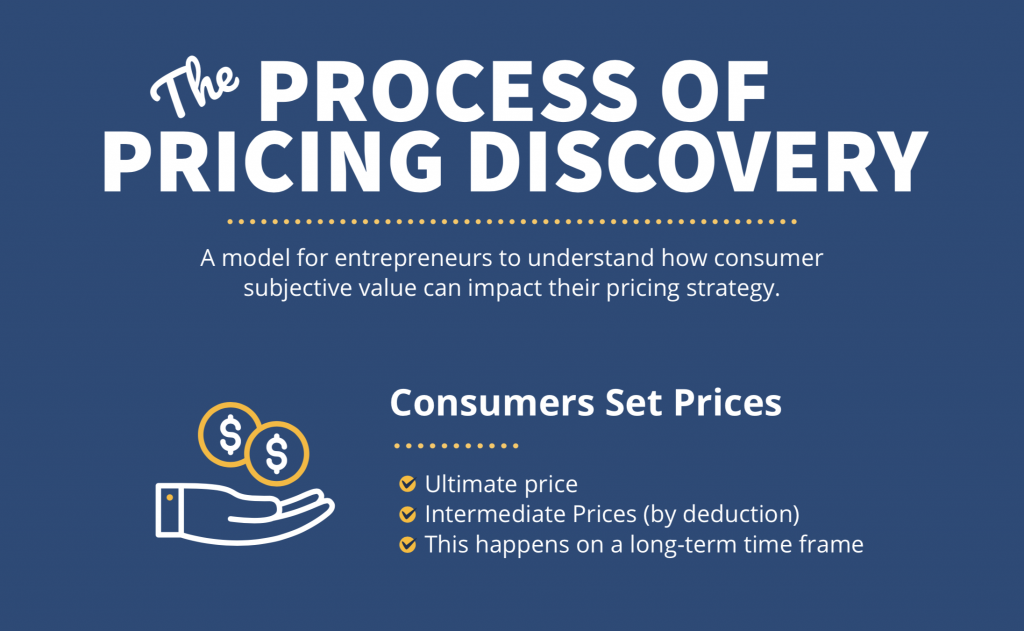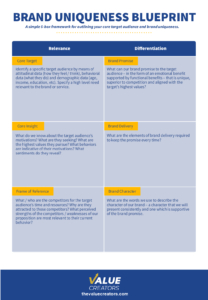47. John Chisholm’s Tools And Techniques For Success In The Entrepreneurial Process
In this episode, Hunter Hastings talks to John Chisholm, author of Unleash Your Inner Company: Use Passion And Perseverance To Build Your Ideal Business.
John is a very successful repeat entrepreneur (he founded and grew multiple businesses in multiple fields and had multiple successful exits). He looked back on his successes and formulated a 10-step process that all entrepreneurs can follow, with a full suite of tools we can all use.
This beats the business school case study method!
Key Takeaways & Actionable Insights
Entrepreneurship is a process. Taking this view enables successful navigation over time, whatever the interim ups and downs.
Sometimes the process can feel like stumbling through a jungle, tripping over rocks and vines, always picking yourself up again and marching onwards. Don’t expect the process map you start with to be the one you continue with. Don’t plan too far ahead. Do be adaptive. Nonetheless, the process view is a source of support during the journey.
Processes require operating tools. John Chisholm’s toolset starts at Need and Advantage.
“All you need is a Need and Advantage.”
Need = “A real, unsatisfied customer need in an area about which you are passionate.”
He defines Need in an Austrian way: a subjective value sought or anticipated by a customer. He defines Customer as a living breathing person (or group of people, as with a corporate customer) rather than an abstract “market need”. Unsatisfied means that the need is not addressed by currently available products and services (requiring the entrepreneur to understand customer dissatisfaction). And Real means shared by a sufficient number of customers or sufficiently intense in one or more customers to make it worthy of you to satisfy.
The entrepreneur must have an advantage for satisfying that need. John’s process is aimed at establishing and extending that advantage, in spite of the fact that existing businesses will have more and better resources than you.
John offers a 10-step process for entrepreneurs to follow.
You’ll find John’s process pretty complete, cogent, and consistent with Austrianism. We didn’t cover every step of the process in the podcast, but we did pick out two tools and one principle.
Make a STARS inventory of your resources and strengths and turn them to your advantage.
John recommends making and continuously updating an inventory of your individual strengths. The STARS acronym stands for Skills, Technologies that you know and can use, Assets and Achievements, Relationships and Reputation, and Inner Strengths. He has wise advice on each one of these subjects, and he suggests multiple uses for the completed STARS inventory:
- Use it to assess the fit of your strengths with the customer needs you have identified.
- Use it to identify strengths gaps you’ll need to fill.
- Use it to build your own self-confidence (most people under-estimate their own strengths).
- Use it to innovate by making new combinations by pairing STARS elements in new ways.
We provide a template with directional examples here.
Map out a logical and sequential growth path with John’s “bowling pins” methodology.
John’s advice is to avoid tackling too large a market and too large a target customer group at the outset. Focus on a best fit intersection between your resources and customer needs. Label it. Then identify the next most logical adjacent customer need you can fill, ideally leveraging your learning from the first market. Keep on building up the map of adjacent needs to fill. When you’ve got to 10, think of them as bowling pins. Knock them down one by one, starting with the first – that’s your early focus – and ultimately completing them all. That’s your vision – the largest set of customer needs you can possibly fill.
John calls this process Upsizing A Customer Need, and notes that this bowling pin strategy is particularly persuasive to venture capitalists – they like it that you are focused, and also that you have a map to growth.
We reproduce John’s bowling pin map here.
Make the most of limited resources: Different is better than better.
How do you overcome the fact that existing businesses in a market you are trying to enter have greater resources than you? John’s answer: focus on being different rather than better. If you can identify how to be different – with a different solution, for a different target audience (even if it is small to begin with) you’ll evade competition.
John has additional advice about scalability, network effects, partnering and other tools for growth. Listen to the complete podcast for a rich reward of process tools and methods.
Free Downloads & Extras
STARS – Your Resources: Our Free E4E Knowledge Graphic
Upsizing A Customer Need: Our Free E4E Knowledge Graphic
Understanding The Mind of The Customer: Our Free E-Book




